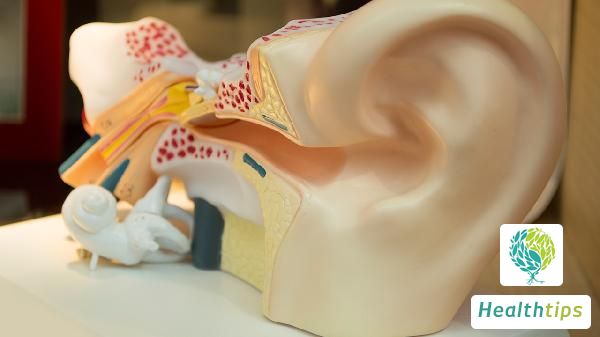Can a Stent Be Placed After Cardiac Arrest?
1. A stent clinically refers to a coronary stenting procedure. If caused by cardiogenic factors, a coronary stenting procedure can be performed after cardiac arrest. If caused by non-cardiogenic factors, a coronary stenting procedure cannot be performed after cardiac arrest.

2. Cardiac arrest refers to the sudden cessation of the heart's pumping function, the disappearance of great artery pulsations and heart sounds, and severe ischemia and hypoxia of vital organs, leading to the termination of life. There are many causes of cardiac arrest, mainly caused by cardiogenic factors. Common causes of cardiac arrest include acute myocardial infarction, malignant arrhythmia, pericardial tamponade, cardiomyopathy, acute heart failure, endocarditis, congenital heart disease, aortic aneurysm, dissecting aneurysm, etc.
3. Non-cardiogenic cardiac arrest refers to the cessation of circulation and respiration caused by reasons other than the heart. Common causes include respiratory failure, pulmonary embolism, severe craniocerebral trauma, intracranial hemorrhage, etc.
4. Whether a coronary stenting procedure is needed after cardiac arrest depends on whether the cause is coronary artery obstruction. If so, timely opening of the blood vessels and stent implantation after successful cardiopulmonary resuscitation can save necrotic myocardium and the patient's life. If caused by non-cardiogenic reasons, there are no signs of stent implantation, and usually, a coronary stenting procedure cannot be performed.



















